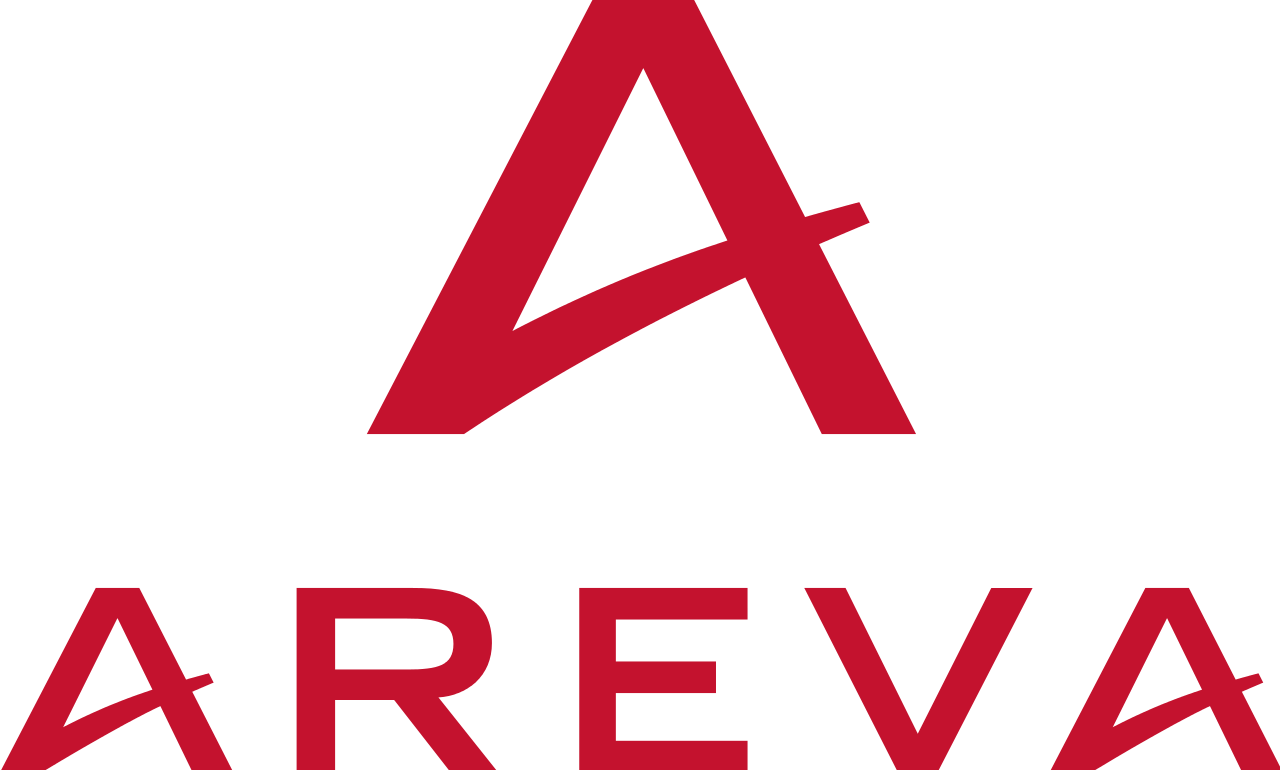
The NASA Mars Science Laboratory was launched in the fall of 2011 to determine the planet’s habitability. As part of this mission, the rover Curiosity made an incredible landing on the planet Mars on August 5th, 2012 and began its operations.
Involved in both the mission launch phase and current exploration phase, AREVA-subsidiary CANBERRA, AREVA subsidiary specialized in nuclear measurements, contributed its expertise through radiation monitoring equipment. During the launch, CANBERRA provided thirty ECAM (Environmental Continuous Air Monitor) systems which analyze continuously the presence of alpha and beta particulates and nine Radiagem 4000 survey meters with X-ray probes. As part of the radiological emergency preparedness program, this equipment was deployed around Kennedy Space Center to monitor for and to prevent any unexpected release of radioactivity.
While on its current mission, the Curiosity rover is equipped with 10 scientific instruments, including one known as the Radiation Assessment Detector (RAD). The RAD has 72 CANBERRA detectors to help measure and identify all high-energy radiation on the Martian surface, such as protons, energetic ions of various elements, neutrons and gamma rays.
To prepare for future human exploration, RAD is collecting data that scientists will use to calculate the effects of radiation on humans that people would be exposed to while on the surface of Mars. RAD will also assess the radiation hazard to potential microbial life, past and present, both on and beneath the Martian surface.
